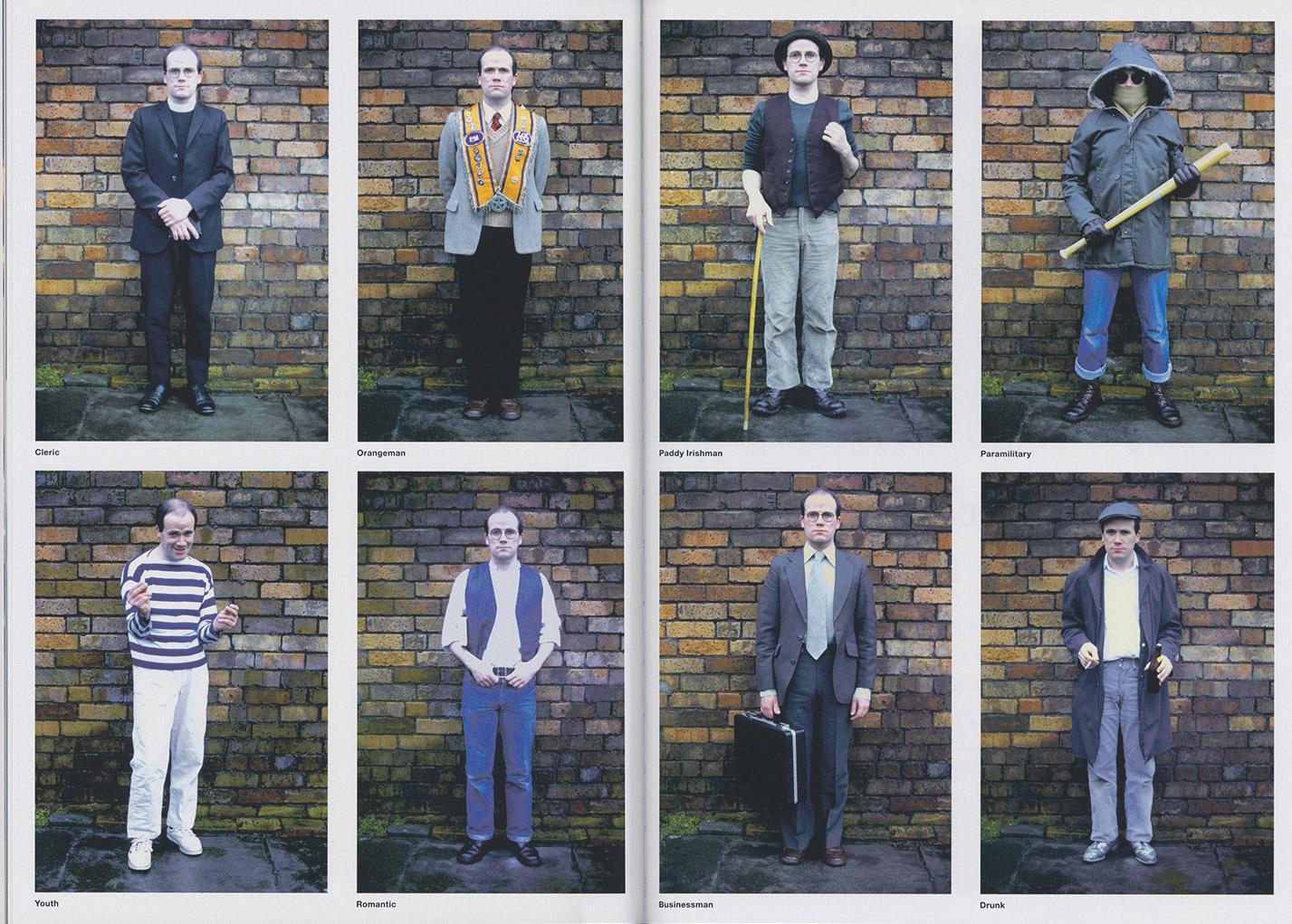
1 minute read
some key considerations when self-publishing
John Carson: what not – selected artworks and ephemera 1975-96, published by ACA Public; image courtesy Daly & Lyon and the artist.
Artworks & Ephemera
SEAN LYNCH SPEAKS TO JOHN CARSON ABOUT HIS NEW PUBLICATION, PRODUCED BY ACA PUBLIC.
THE LATEST IN a series of publications produced by Askeaton-based imprint, ACA PUBLIC, John Carson: what not – selected artworks and ephemera 1975-96, investigates the activities of the Pittsburgh-based Northern Irish artist during his college years in Belfast, as well as his life and work in Los Angeles, London and elsewhere. The outcome of an extensive archiving project which began in 2019, the publication features an in-depth essay by critic, Chris Fite-Wassilak, and extensive documentation of Carson’s early and mid-career. His enthusiastic endeavours to make a socially orientated art – one encompassing strains of conceptual art, the immersive role of popular culture, and a form of storytelling peppered with insightful wit and humour – is seen throughout. Here, the artist and publication co-editor, Sean Lynch, reflect on the book’s making and release.
John Carson: Why did you select the particular artworks and specific time period in the publication, what not? Sean Lynch: 1975 starts with pages from the student magazine of Belfast School of Art, made during your degree studies there, featuring your encounters with the conceptual art collective, Art & Language, the history of wheelbarrows, and Joseph Beuys. By 1996, you are making performance art inside a hospital in London. Between, there is printed material, documentation of artworks and incidental notes on projects you’ve made, as well as life lived in Belfast, Dublin and throughout the US, UK, Germany and Australia.
It’s certainly far from a comprehensive survey of your work; it’s more episodic and probably more reflective of our own relationship. We’ve been working together for a decade now, making shows, talks and events and an earlier publication – all activities that led to 2019, when my co-editor, Michele Horrigan, fundraised and worked with artist/archivist Sinead Bligh to archive forty-plus years of your work. During that time, we invited










